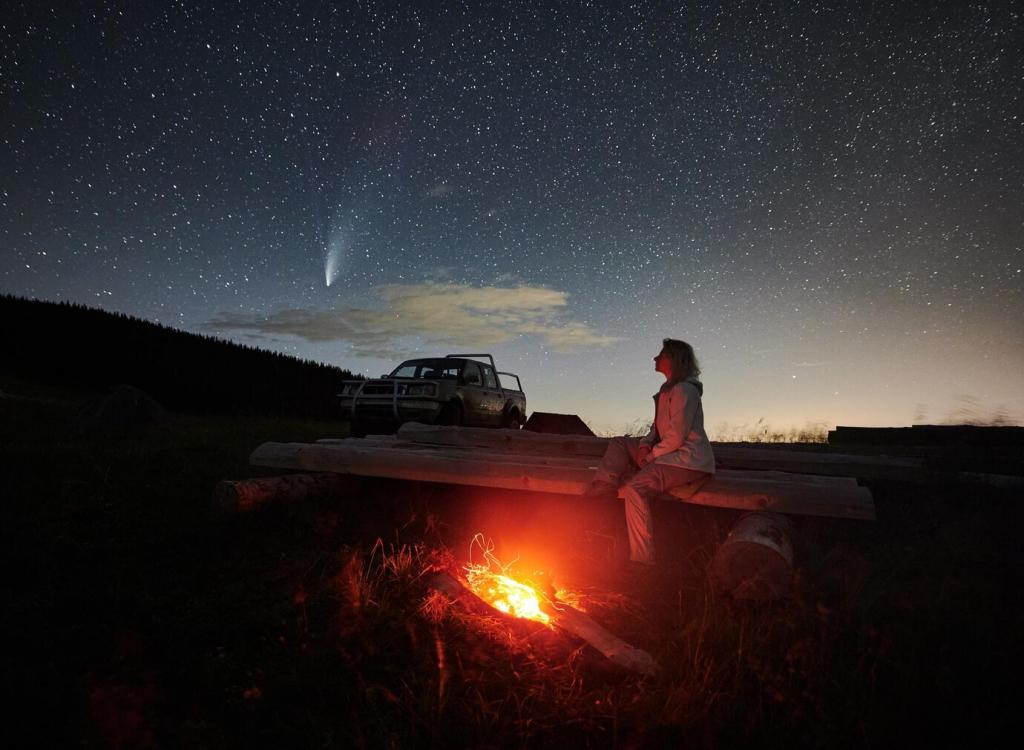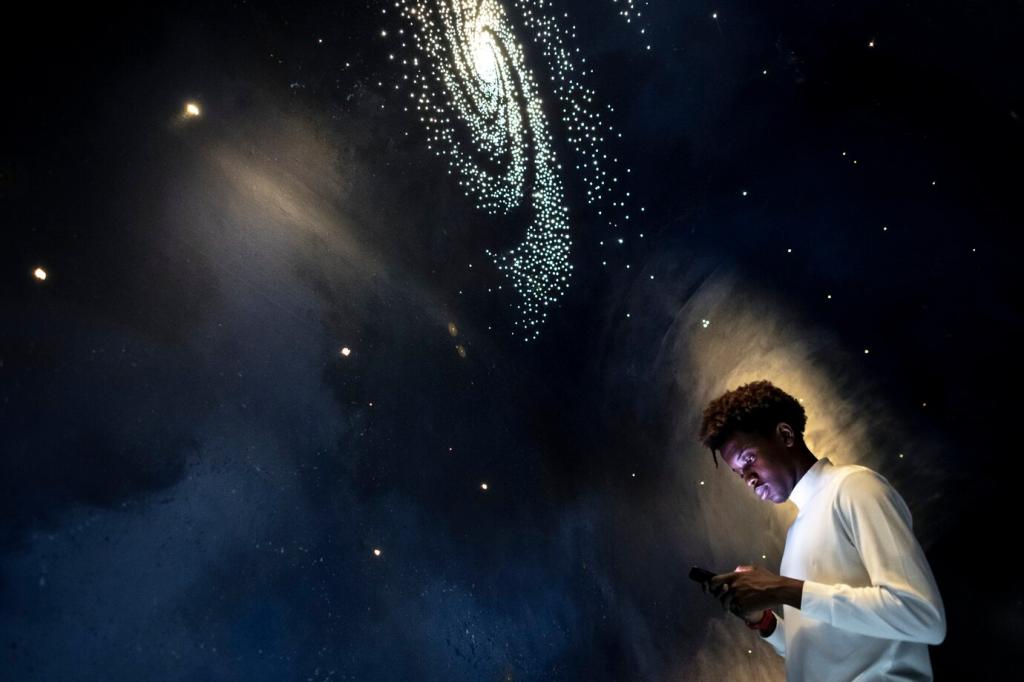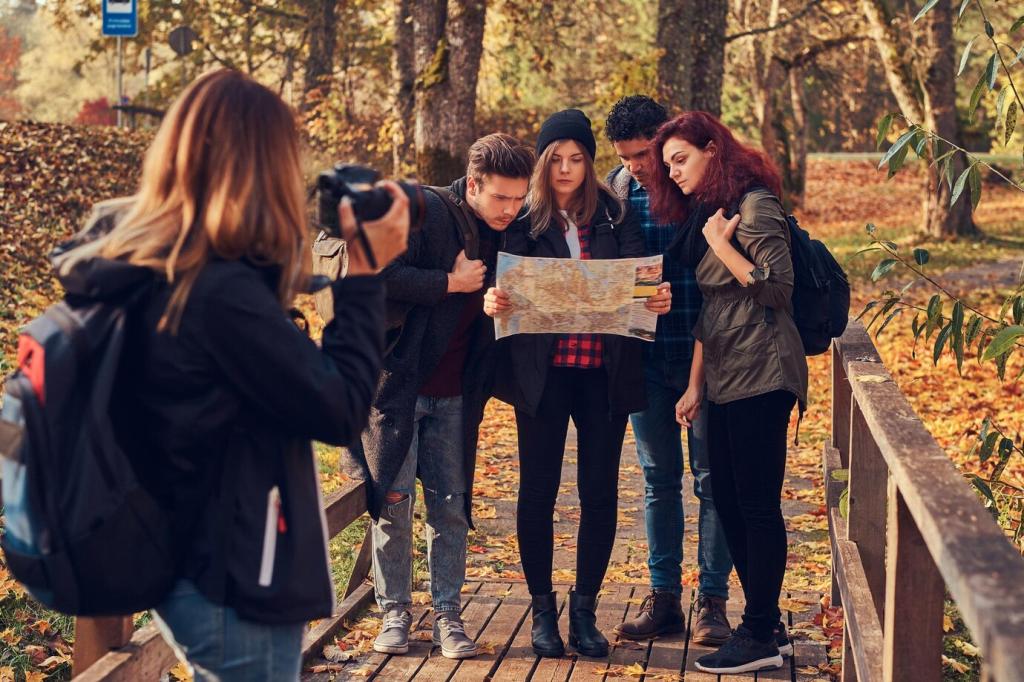Iconic Dark-Sky Parks to Pitch Your Tent
Big Bend is famously near Bortle Class 1 darkness. Camp along the desert floor, listen to distant coyotes, and watch the Milky Way arch horizon to horizon. One August night, our kettle clicked just as a fireball tore south—everyone in camp cheered like a goal had been scored.
Iconic Dark-Sky Parks to Pitch Your Tent
Jasper’s Dark Sky Preserve status isn’t just a badge. Lakes like Pyramid and Athabasca reflect starfields on calm nights, doubling the universe. In October, frost sings under boots while Orion rises. Bring layers and a thermos; share hot chocolate and constellation lore with new friends in the cold.





